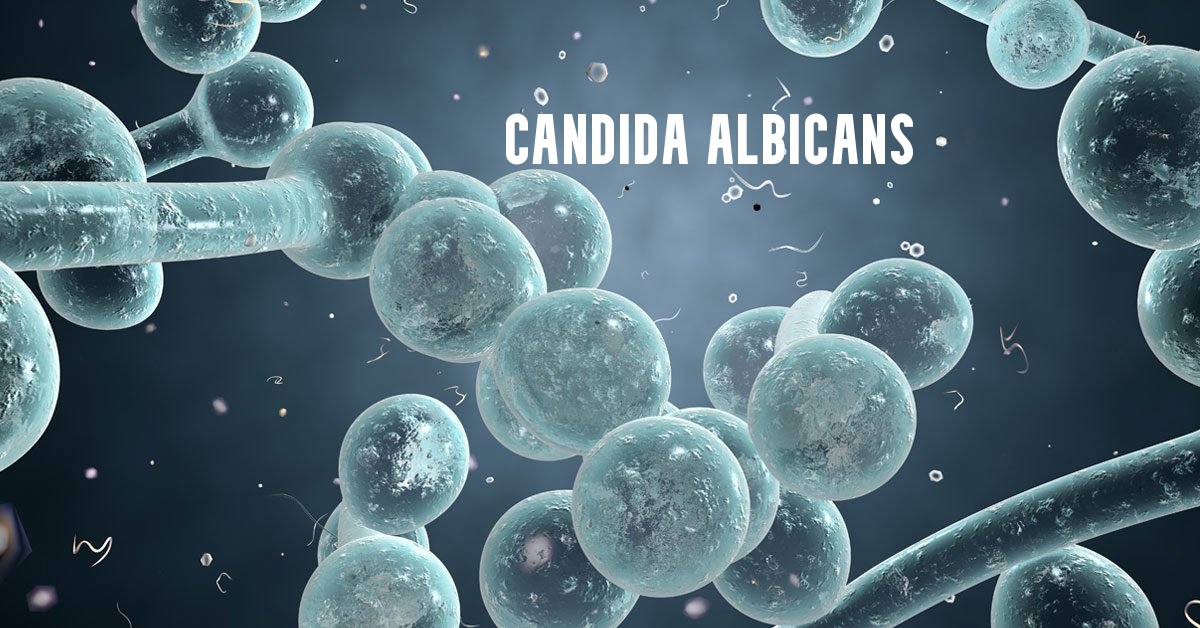Candida Albicans is a type of yeast that lives in the human body in small amounts. However, it can cause infections when it overgrows, especially in women. Candida Albicans infection is one of the common types of vaginal yeast infection, and it is characterized by itching, burning, and discharge. In this article, we will explore the symptoms, causes, and prevention measures for Candida Albicans infection in females.

Symptoms of Candida Albicans Infection In Females
The symptoms of Candida Albicans infection in females can vary in severity, and they include:
1. Vaginal itching and burning
2. Thick, white vaginal discharge that resembles cottage cheese
3. Painful urination
4. Pain during sex
5. Redness and swelling around the vagina
6. Soreness and discomfort in the vaginal area
If left untreated, Candida Albicans infection can lead to more severe symptoms, such as recurrent infections and chronic vaginal inflammation.
Causes of Candida Albicans Infection In Females
The overgrowth of Candida Albicans in the body is often caused by a disruption in the balance of bacteria and yeast in the vaginal area. This can be due to several factors, including:
1. Antibiotics: Antibiotics can kill off the good bacteria in the body, leading to an overgrowth of yeast.
2. Diabetes: Women with diabetes are more susceptible to Candida Albicans infections because of the high sugar levels in their blood.
3. Immune system disorders: Women with weakened immune systems, such as those with HIV/AIDS, are more likely to develop Candida Albicans infections.
4. Pregnancy: Pregnancy can alter the hormonal balance in the body, making women more susceptible to Candida Albicans infections.
Prevention Measures for Candida Albicans Infection In Females
Thankfully, there are several measures that women can take to prevent Candida Albicans infections, including:
1. Practice good hygiene: Keep the vaginal area clean and dry.
2. Avoid douching: Douching can disrupt the natural balance of bacteria and yeast in the vagina.
3. Wear cotton underwear: Cotton allows for better air circulation and helps to prevent moisture build-up.
4. Avoid tight-fitting clothes: Tight clothes can trap moisture, leading to an overgrowth of Candida Albicans.
5. Avoid irritants: Avoid using perfumed products or harsh soaps that can irritate the vaginal area.
6. Use condoms: Condom use can help to prevent the overgrowth of Candida Albicans by reducing the spread of bacteria and yeast.
Conclusion
Candida Albicans infection is a common type of vaginal yeast infection that affects many women. It is important to recognize the symptoms of Candida Albicans infection and seek medical attention if necessary. Additionally, maintaining good hygiene practices and taking preventative measures can help to reduce the risk of Candida Albicans infections in females. With the right measures, women can maintain good vaginal health and reduce the risk of infection.